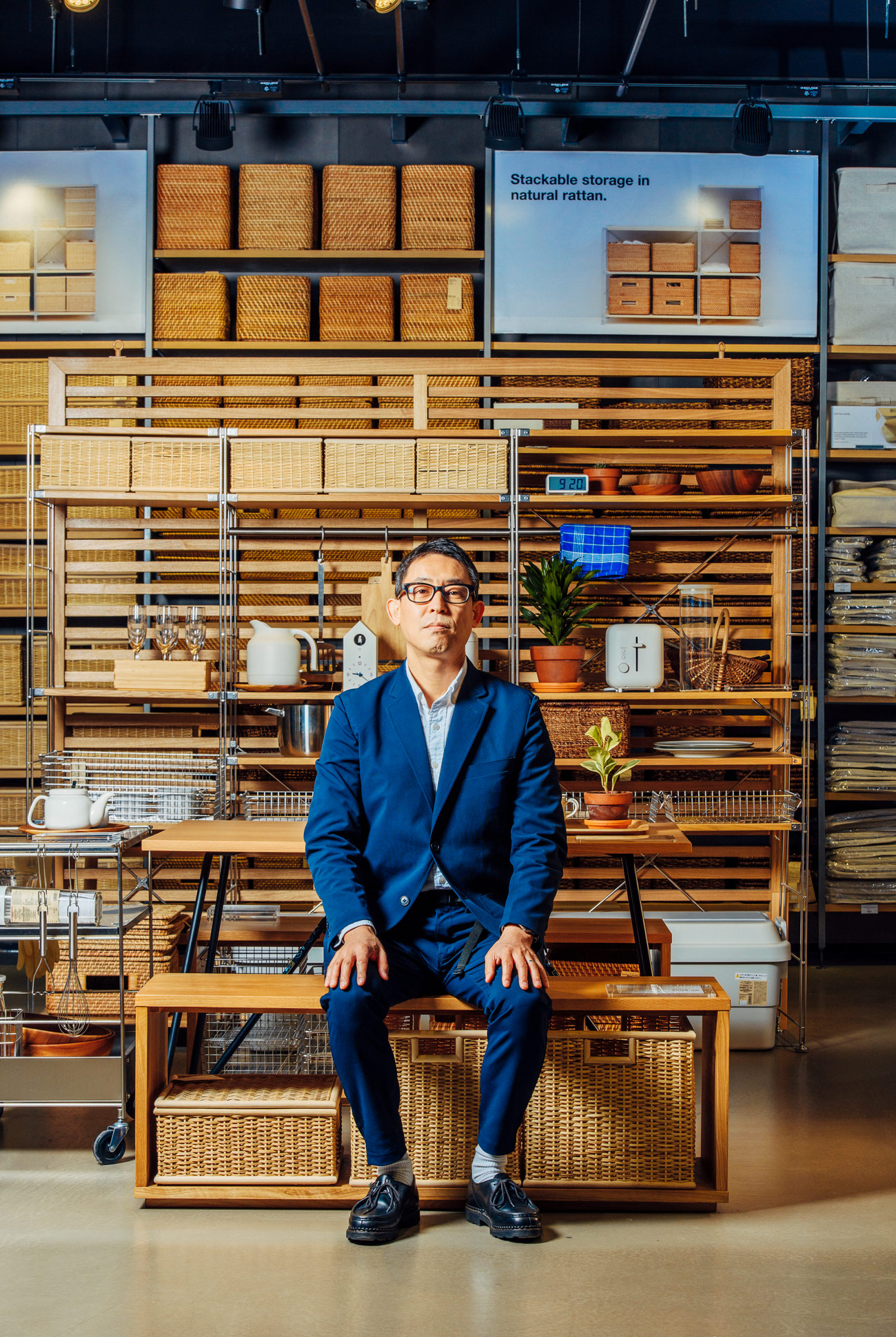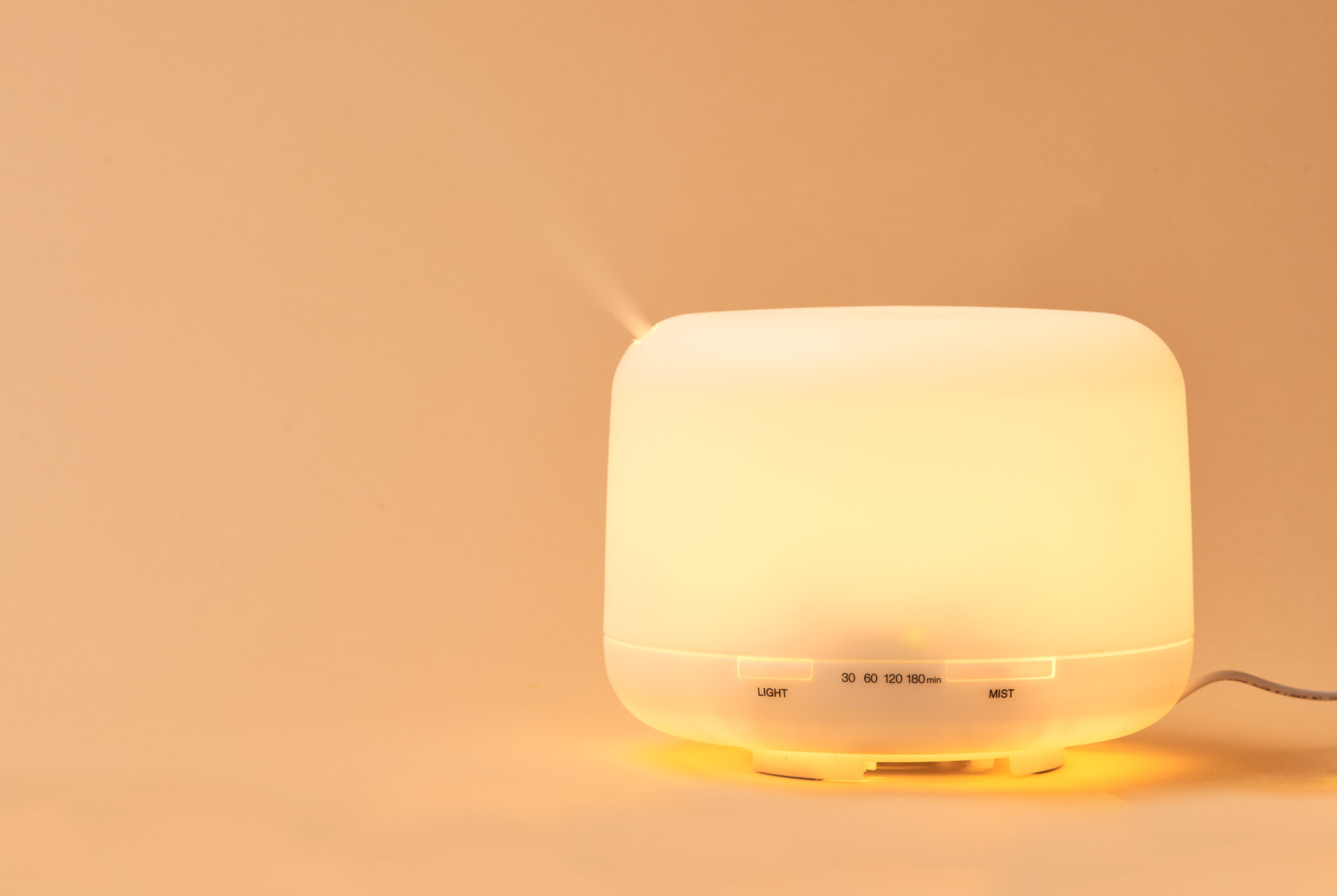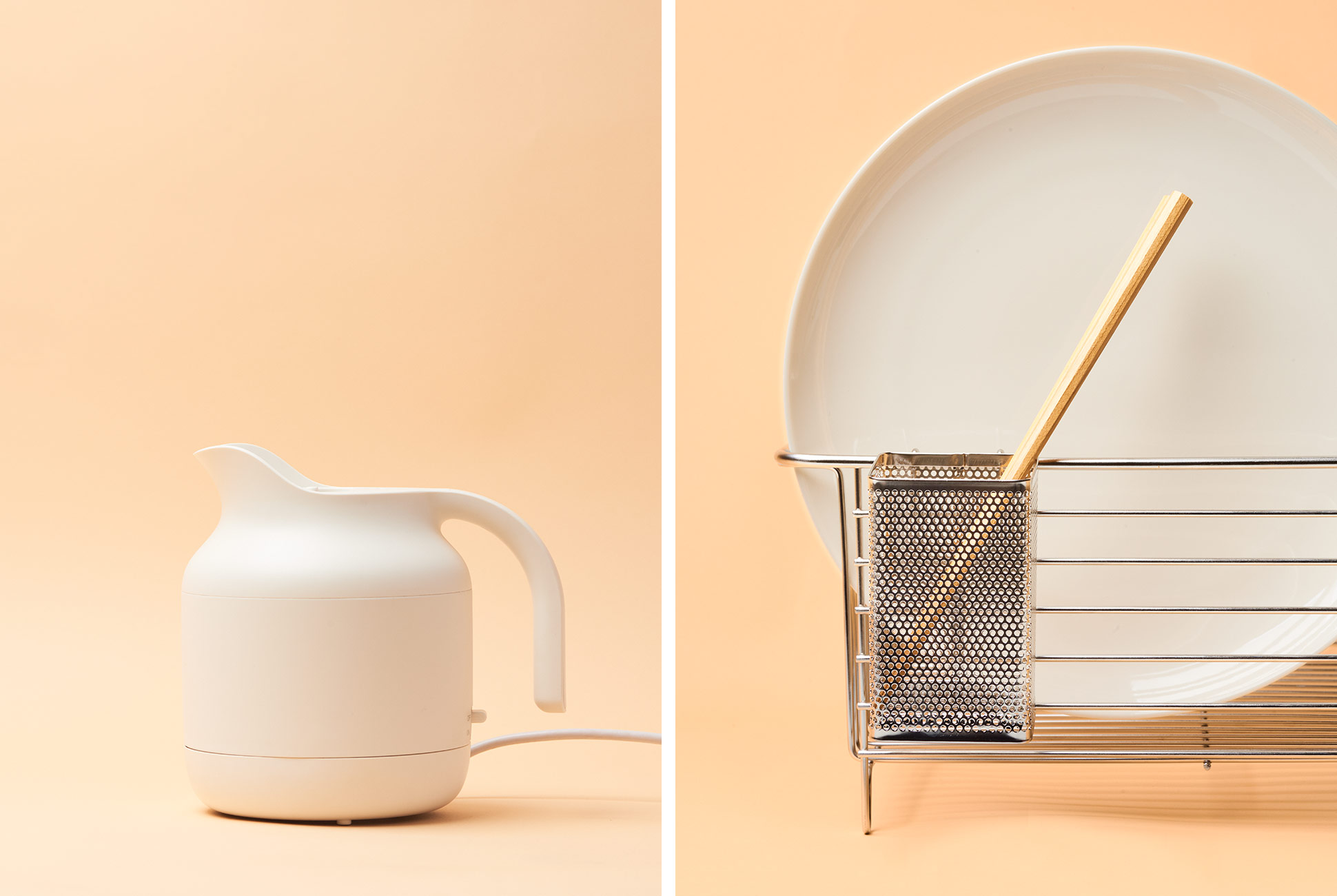From Issue Six of Gear Patrol Magazine.
Discounted domestic shipping + 15% off in the GP store for new subscribers.
W
hat is MUJI? A series of videos on the company’s YouTube channel searches for an answer. Each one, exactly 12 seconds long, showcases a different product from the company catalog — CD player, broom, refillable pen. The clips are strangely calming, almost ethereal, as if watching enough of them in succession could trigger the insatiable desire to vacuum followed by an afternoon staring out a window. They share a similar backing track: an airy sounding piano, broken only by the ambient sounds of the particular product in use. The interplay only adds to the series’s emptiness. In typical MUJI fashion, what’s presented feels, first and foremost, like an opportunity to consider what is not.
In his opening remarks during a 2017 seminar on MUJI’s philosophy, the company’s influential Art Director, Kenya Hara, cited his predecessor, Ikko Tanaka: “The simplicity that comes from stripping away frills can surpass splendor.”
The quote is a modern incarnation of the Japanese su aesthetic, a principle that permits simplicity to serve as something more than mere necessity or frugality, and that when done thoughtfully, supersedes plainness. This is the MUJI aesthetic, one that could be easily dismissed as yet another minimalist money-grabber, if only the company hadn’t been following this core tenet when its product lineup sat at around 40 items at the time of its founding in 1980. (Today, that number closer to 7,000, with goods ranging from children’s pajamas to furniture to foodstuffs.)
“We think American customers are realizing now that they don’t need to buy a pack of ten pens. One good pen will do.”
In his speech, Hara also hints at ku, another traditional Japanese aesthetic that translates, roughly, to “emptiness” — but not the West’s definition of it. Rather, in the same way an “empty” sketchbook represents creative opportunity, MUJI’s products do not demand hyper-specific usage. They are anti-ergonomy. The beauty and intended goal is that you decide how best to use them. This takes shape in ambiguous product names (“low table” instead of “coffee table,” for instance); head-scratchingly little in the way of instruction manuals; and a great many scalable, modular offerings.
The stores, too, serve as shrines to su and ku. There isn’t a logo to be found on a single product, and, despite operating stores in the US for more than a decade, some of the labels, price tags and manuals remain, still, only in Japanese. From humble beginnings inside a supermarket chain, the company now operates more than 400 stores in Japan, with hundreds more scattered across China and Europe. However, despite a fervent, almost cult-like, devotion among American consumers, there are only 15 in the US and seven in Canada. Fortunately, that will soon change; the company is about to embark on a relatively aggressive US expansion, with three new stores scheduled to open in Seattle, Portland (Oregon) and Santa Monica later this year.

Toru Tsunoda, President of MUJI USA
On the lower level of MUJI’s flagship store on Fifth Avenue in New York City, I met Toru Tsunoda, the man most responsible for pushing MUJI into the American market. It didn’t seem to matter that we were meeting in the morning before the store opened; it was no more or less calming than it had been the countless times I’d ventured there before — the aroma diffusers still quietly spewing a melange of yuzu, rosemary and lavender oils into the air. We wandered around for a few minutes searching for a spot where my recorder wouldn’t pick up the store’s atmospherics or employees shuffling around preparing to open up shop. We pulled together some stools from the back and circled up just behind the cash registers.
Q:
MUJI is enormous in Japan, with additional stores in Europe and China. The US, on the other hand, still feels somewhat underserved — even ten years after the brand first came here. Why is that?
A:
One reason for the carefulness is a boring logistics issue. Before 2007, it was difficult to open a store in the US because of restrictions that made it nearly impossible to clear for importation. After this issue was mitigated, we were able to open stores, but because the distance from the production area influences the cost, the selling price grew higher, so we had to narrow down the products offered and reduce import costs. Most of our products are still coming from Japan and China and the rest of South Asia. That physical distance is quite challenging for us to handle in a country as large as the US.
Q:
How would you describe MUJI’s growth strategy in the States?
A:
We are being deliberate. We’re building each store one by one, which I know is troubling for some people who want to visit our stores where they live. But we’re being very selective. We’re looking at candidate locations in Dallas and Houston. I hope to be able to announce something soon.
Q:
How does a brand born out of anti-American consumerism go about gaining ground in America?
A:
We’re not known all that well yet, even in the big cities like New York or Los Angeles where we have stores. So rather than talking about our design philosophy, we’ll push the materials and the emphasis on ease of use. We want to illustrate convenience and fitting products to the ways people really use them. All this is only just becoming recognized and appreciated in the US. We can see that happening.

Among MUJI’s top-selling products globally, the Ultrasonic Aroma Diffuser puffs a delightful stream of scented mist into the air. It’s intuitive, fairly-priced, endearing — much the like the rest of MUJI’s catalog.
Q:
So you feel that the American consumer is changing?
A:
Yes. When you use a pen for a few minutes and the ink stops coming out, you go grab another from a pack of ten or twelve. That’s very different than when you come [to MUJI]. We want you to handle the product and test it in our store, so you can make the value judgment. We think American customers are realizing now that they don’t need to buy a pack of ten pens. One good pen will do.
For example, Japanese people tend to buy groceries almost every day for only that day. In America, the majority of people seem to buy groceries once a week to stock up for days at a time. This goes the same with household items. In Japan we do not buy things in bulk, instead, we purchase what we need. Especially in urban areas, Americans are beginning to do this as well.
Q:
How else do Americans and Japanese differ?
A:
In general, Japanese customers are seeing products for the functional design initially, and noticing the look of the product later. Americans customers are the opposite — they’ll enjoy the aesthetic look of the product first and come to understand its functionality later. In that way they’re different, but both arrive in the same place.
You learn a customer’s values the same way in any country, I think. We put a lot of emphasis on listening — listening to our staff, the people who come into our store, what’s going on around us. There’s also the simple fact that each store and location is different. The top product in each of our stores is mostly the same, but the second and third and fourth top-selling products in the SoHo store are not the same as the Williamsburg store, and so on. We have to think about the neighborhoods we inhabit, what ethnicities and groups of people live there.
There’s certainly a difference between the US and Japan in the popularity of certain categories and the people who shop MUJI. In Japan, seventy percent of our customers are women, whereas the US is more like sixty percent, which is a much bigger difference than you’d think.

Modesty runs through everything MUJI does. Take its kettle, designed by Naoto Fukasawa, one of Japan’s foremost industrial designers. But don’t expect MUJI to throw that in your face. The most important thing? It can boil water in 80 seconds flat.
Q:
Ideally, how do you want someone — regardless of nationality — to first experience MUJI?
A:
It’s important to offer our goods online so anyone can buy, but we take pride in having a store where people can come in and experience what we make.
There are things we just can’t replicate for you online — the aroma diffusers, food-tasting sessions or the pen-and-pad testing area. It doesn’t matter to us if someone only buys a pen when they visit; if they use that pen and it works for them, they’ll come back and try our other products. And they’ll bring others in with them. That is the strength of making quality products.
Q:
So what does quality look like to you?
A:
We use a concept called monozukuri. It’s the concept of considering the customers who use your products and ensuring that those products endure. MUJI product developers are committed to thinking about usage in daily life when developing products.
I bought my business-card holder right before I joined the company [in 1996] and I’m still using it. It looks the same today as it did then. We sell almost the exact same product today. Making things well isn’t a trend for us. These are the things we’re focused on — making products that do their job in a convenient, long-lasting, unobtrusive way.

